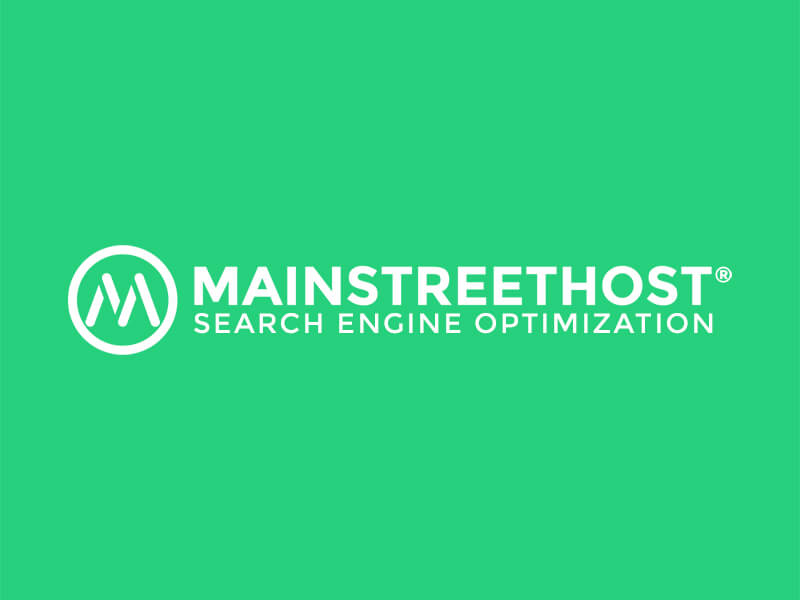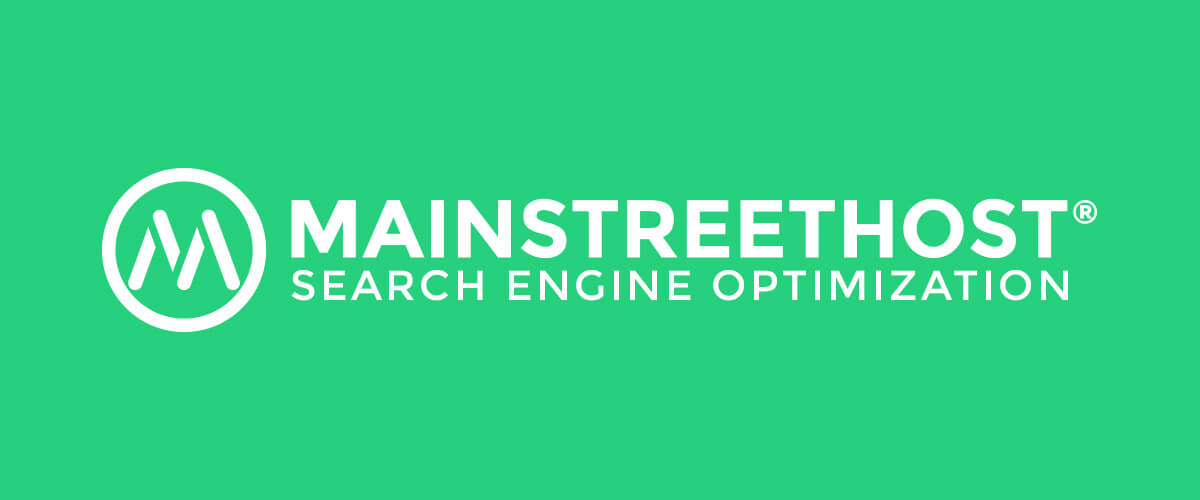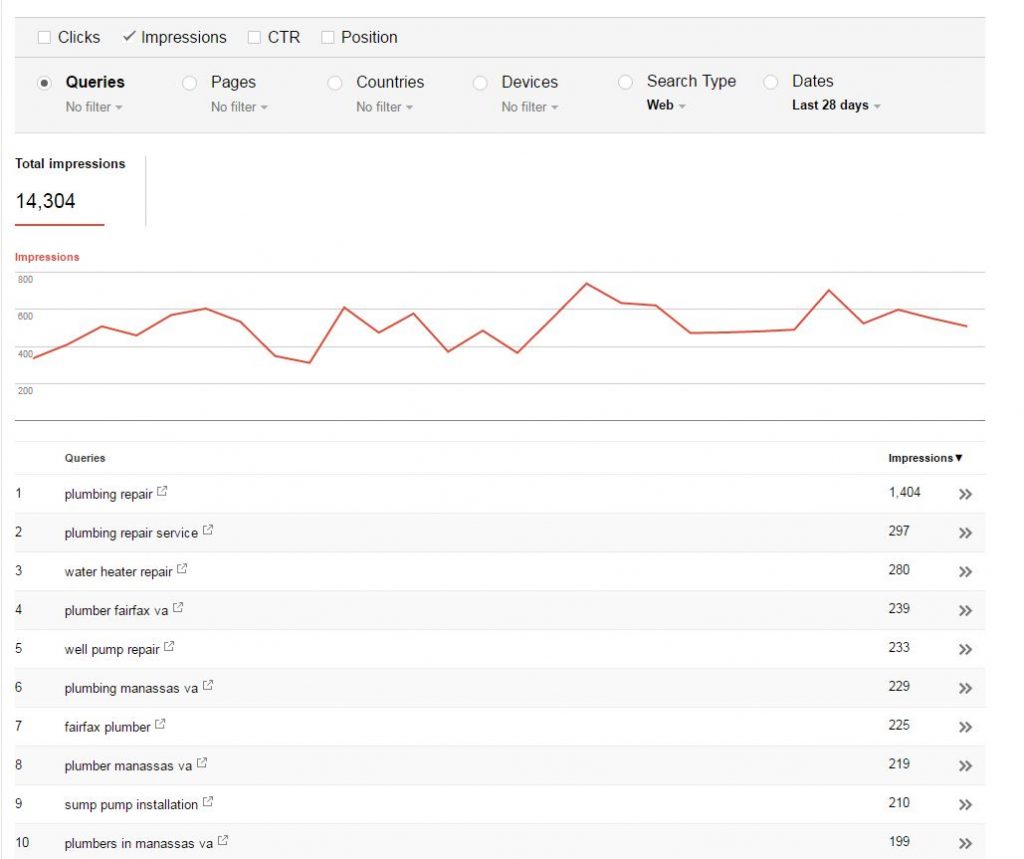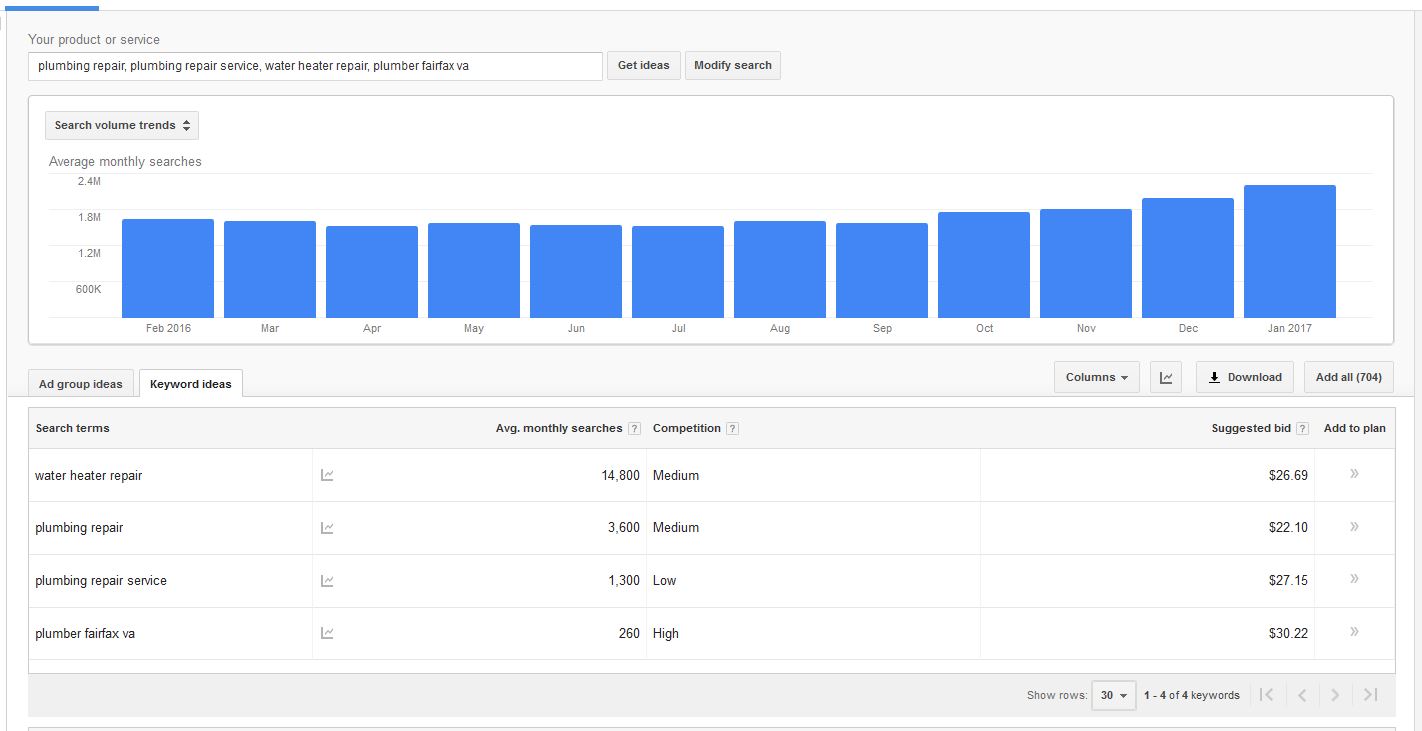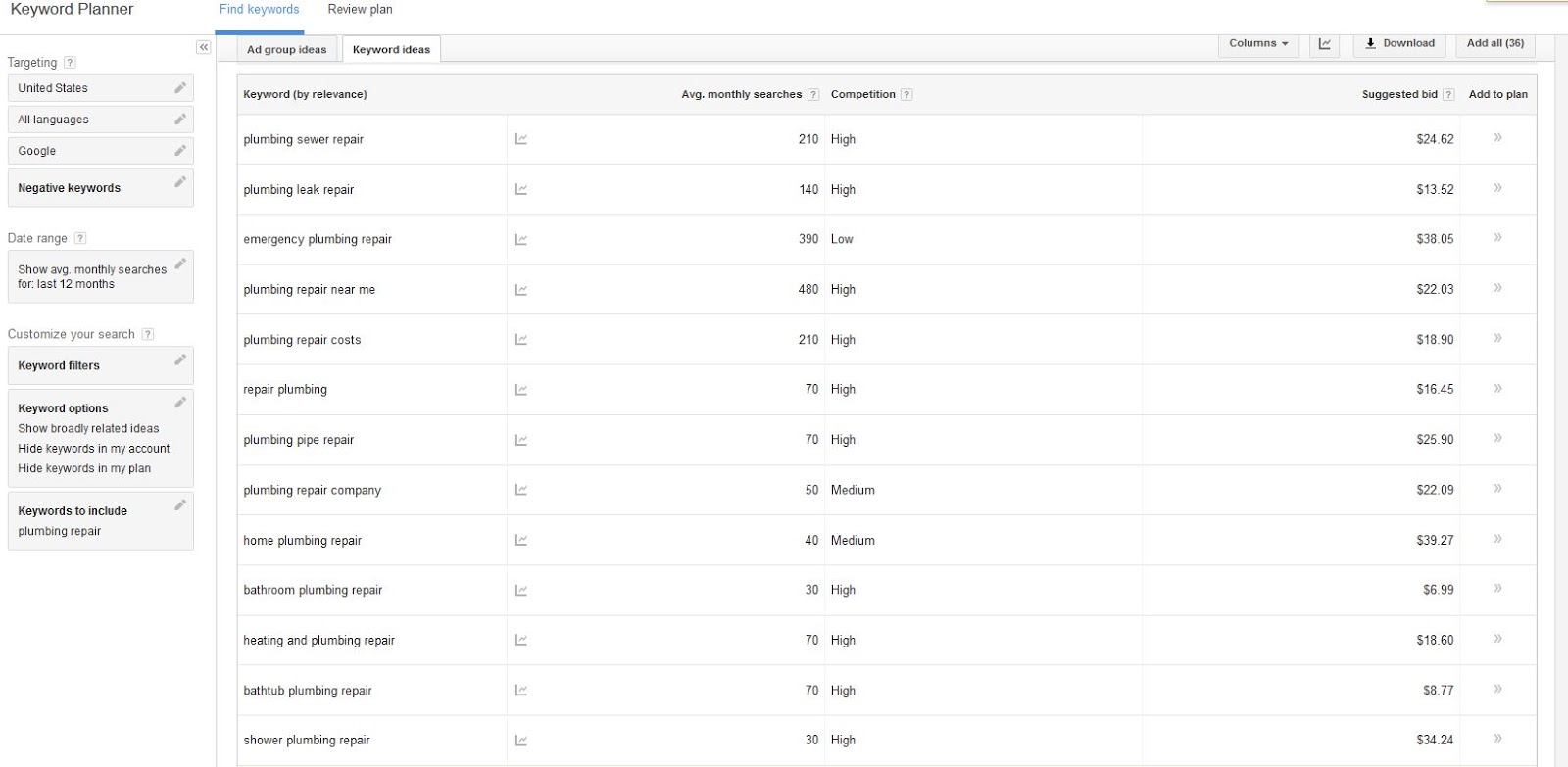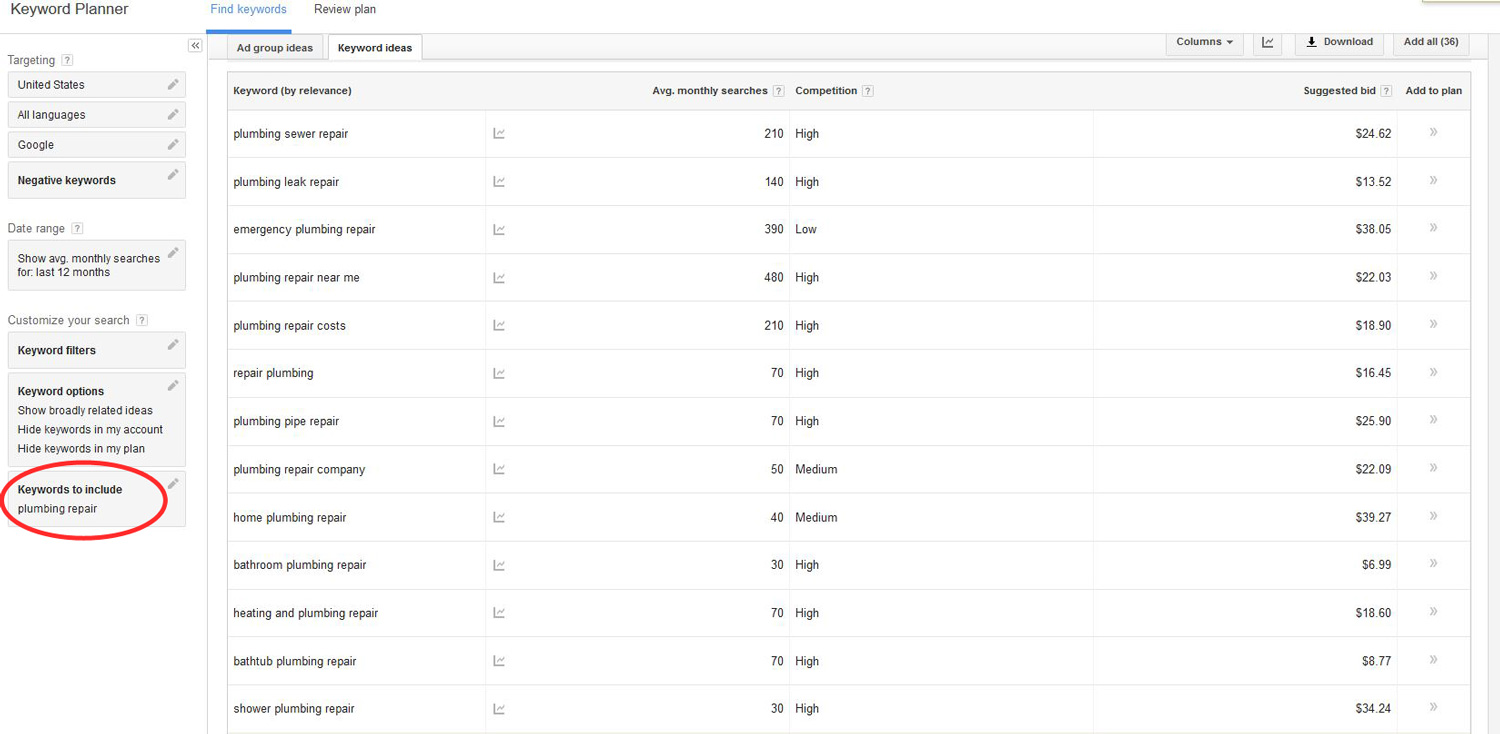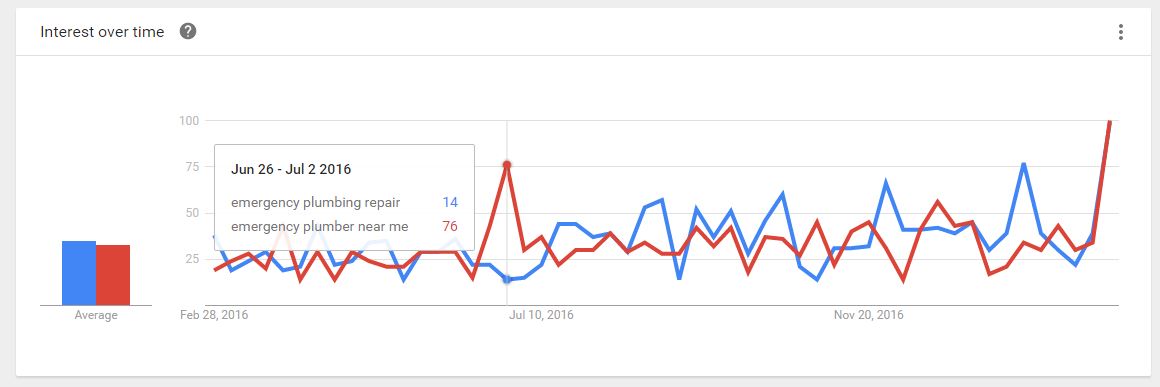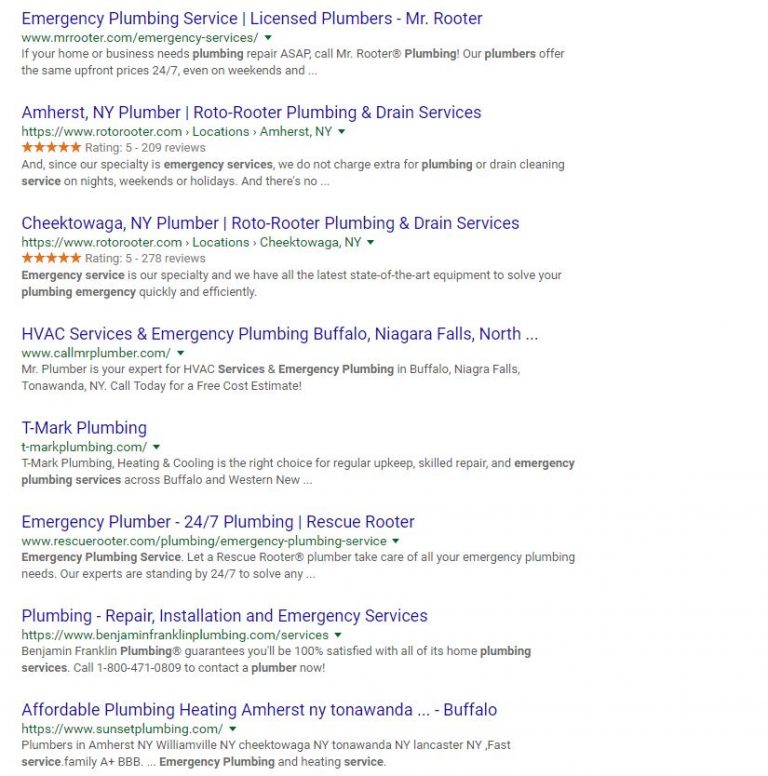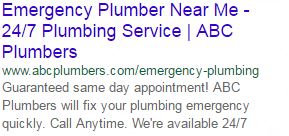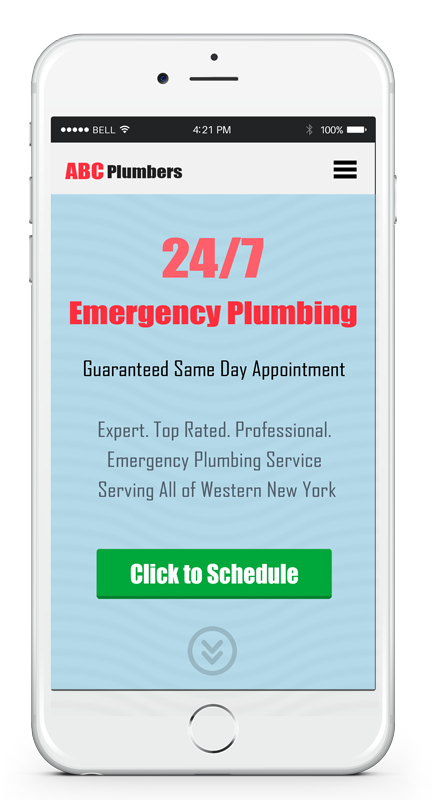This article will cover:
- Understanding Your Customers
- Uncovering How Your Customers Search
- Isolating Intent
- Competing For Your Customer Attention
- Converting with a Consistent Message
Understanding Your Customers
Understanding your customer is essential. Having an intimate knowledge of who they are, what they’re looking for, and what problems they encounter will help you deliver them a convincing message.
It’s especially important to understand how they are using search engines. Your customers will search in distinct ways. Some users will choose a fragmented approach, searching with only 2-3 words, while others will elect a more focused, long-tail approach utilizing 4 words or more to reach their searching goal.
Your job is to create content that appeals to the appropriate phase of the buyer’s journey and addresses your customer’s needs.
Personas:
Developing personas is key to understanding your audience and what kind of content will inspire conversions.
A few key questions to ask yourself when developing a persona:
- What is your customer’s demographic info?
- What is their role in their company?
- What does daily routine look like?
- What pain points do they experience?
- How does your product or service solve their issues?
- What are your customer’s goals?
Uncovering How Your Customers Search
All users want something. After all, that’s why they’re searching in the first place.
Let’s start with some basic keyword research methods. Google provides information about your website in the search analytics report located within the Search Console.
Explore the query data provided in Search Console >> Search Analytics >> Queries
Search Console’s Search Analytics tab features search terms your site is displaying for.
Use these seed keywords as a foundation for developing an expansive list of key phrases. These phrases will later serve as a resource of topics you can use to meet your customer’s needs.
Next, we’ll jump over to Google Keyword Planner and start expanding the seed list of keywords.
Keyword Planner
Develop a thorough list of profitable key phrases for your business.
Start by entering the seed keywords you’ve acquired from Search Console into Google’s Keyword Planner.
By default, Keyword Planner will recommend some general phrases, which may or may not be applicable for your business.
You can refine the suggestions provided with the “keywords to include” filter.
Refined search to only include keywords containing “plumbing repair”
To develop additional phrases, you can use free tools like:
- Answer The Public: A great resource for finding questions related to keywords
- Related Questions: Google’s suggestions for related questions users are asking
- SERPs: Gather insights on what Google is deeming relevant for particular keywords
- Google Trends: Discover the popularity of search terms over time
Google Trends Interest over time graph
Isolating Intent
Every searcher has intent: define what users want.
Categorize your keyword list by query type.
- Navigational – User is trying to reach a particular website (“ABC Plumbers”)
- Informational – User is searching for specific information, or the answer to a specific question (“when to call an emergency plumber”)
- Transactional – The searcher is using qualifying terms that indicate they are looking for more interaction with a site. These terms typically lead to the user taking action, purchasing, downloading, or subscribing. (“Emergency plumber near me”)
Understanding the purpose behind the user’s search allows us to craft the best experience for our visitors. By creating a great experience and matching intent you will have a better chance of showing up on the results page when a search occurs.
For example, if a user is searching “when to call an emergency plumber”, this is clearly an informational query. Our job is to serve appropriate content to meet that need and provide an informational answer to that query.
Additionally, these categories of search can be linked back to the personas you have defined for your company. Each persona you’ve created will conduct a search differently to achieve their desired action.
For example, on persona may be highly price-conscious and include modifiers like “cheap,” “discount,” or “on sale.” Another persona may be focused solely on quality and search with modifiers like “best,” “top,” etc.
Competing For Your Customers Attention
Understand your competition
We now have a refined group of keywords organized by intent. Next, examine the search engine results page to get an idea of the competition for these phrases.
We can also check out the search features Google is choosing to display for these phrases (AdWords, local pack, related questions, etc.)
Answering Your Customer’s Intent
Address searcher intent – provide the information needed to convert.
Develop content that is representative of your customer’s persona combined with the refined key phrases you uncovered in phases 2 and 3.
Approaching content creation with an intent-based method affords you the opportunity to develop visibility and exposure when it matters most. Eliminating wasteful strategies like creating content just for the sake of having blog posts on your site.
Remember, optimizing content no longer means stuffing keywords unnaturally into your page titles, H1’s, and body text. To have a chance in the SERPs, you must develop content that provides value to your customer.
Once again, this all comes back to matching user intent to quality content.
Converting With A Consistent Message
Deliver a consistent message.
Continually let the user know they are on the right path to achieve their goal. Develop a consistent, unified experience all the way from the SERPs to conversion.
Building on the informational query from earlier (“when to call an emergency plumber”), we’ll take a look at the user’s path starting from the initial search.
Our consistent message starts on the search results page. Inspire clicks with basic, appropriate on-page SEO elements: page title and meta description.
After you have earned their click, use your landing page to let users quickly identify that they are on the right page and your content will answer their question. This will help you avoid a “hard bounce,” or a user that lands on a page, quickly scans the information, and immediately hits the back button before trying their luck on the next search result.
It’s important to be conscious of this and give your content visual cues quickly so the user will engage further with the page. This means controlling eye flow and highlighting the elements that help you convert. These include CTAs, headings, sub-headings, bullet points, images, videos, and bold text.
An informational search means the user is not likely to purchase anything at this time. Don’t try to force a conversion; instead play to the informational nature of their search by showing helpful resources (related articles, how-to guides, next steps, etc.) to lead them further down the path to an eventual conversion.
Transactional Search Intent
Let’s have a look at another search: “emergency plumber near me.”
This is transactional because the intent of the searcher is to take an action.
Digging a little deeper, let’s imagine the persona of a person who would be searching this phrase. We could posit that the searcher is likely:
- Needing something fixed immediately
- Taking action quickly
- Searching from a mobile device
- Looking to make a phone call
- Needs to schedule an appointment
- Could be calling any time, day or night
Anticipate the user’s intent by highlighting some of their concerns in your page title and meta description:
- Emergency Plumber Near Me
- 24/7 Service
- Call Anytime
- Guaranteed same day appointment
After they reach your landing page, deliver a consistent message that speaks to this persona.
- Headline: 24/7 Emergency Plumbing Repair (repetition of the search query)
- Sub-Headline: Guaranteed Same Day Appointment (answers urgency
- CTA: Click to Schedule button (addresses transactional search by facilitating action)
- Simple page design (no distractions, addresses urgency, facilitates action, mobile call button, etc.)
Mobile landing page
Understanding the intent behind the user’s search allows you to deliver the message your customer needs to convert.
Conclusion
Anticipating searcher intent is about stepping back, understanding who your customers are, uncovering the way they search, and delivering the message they want to hear.
It’s a simple concept: get the mindset of your customer then optimize for intent and user experience.
Ask yourself the right questions, conduct the research, and test your landing pages to deliver the optimal experience for your customers.

